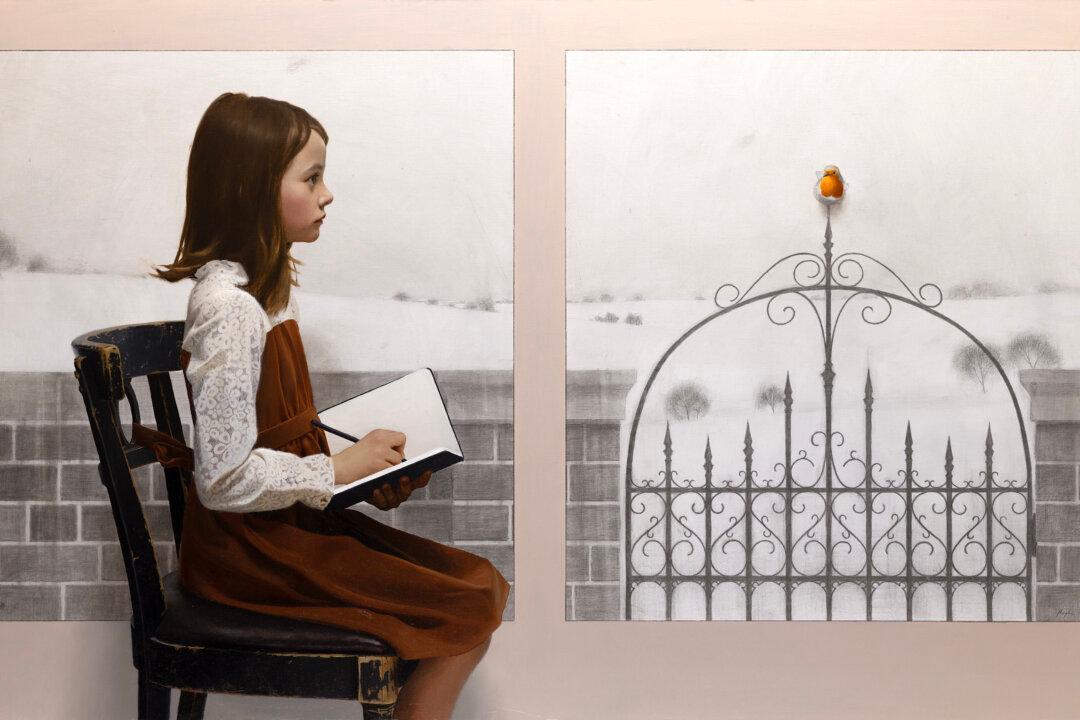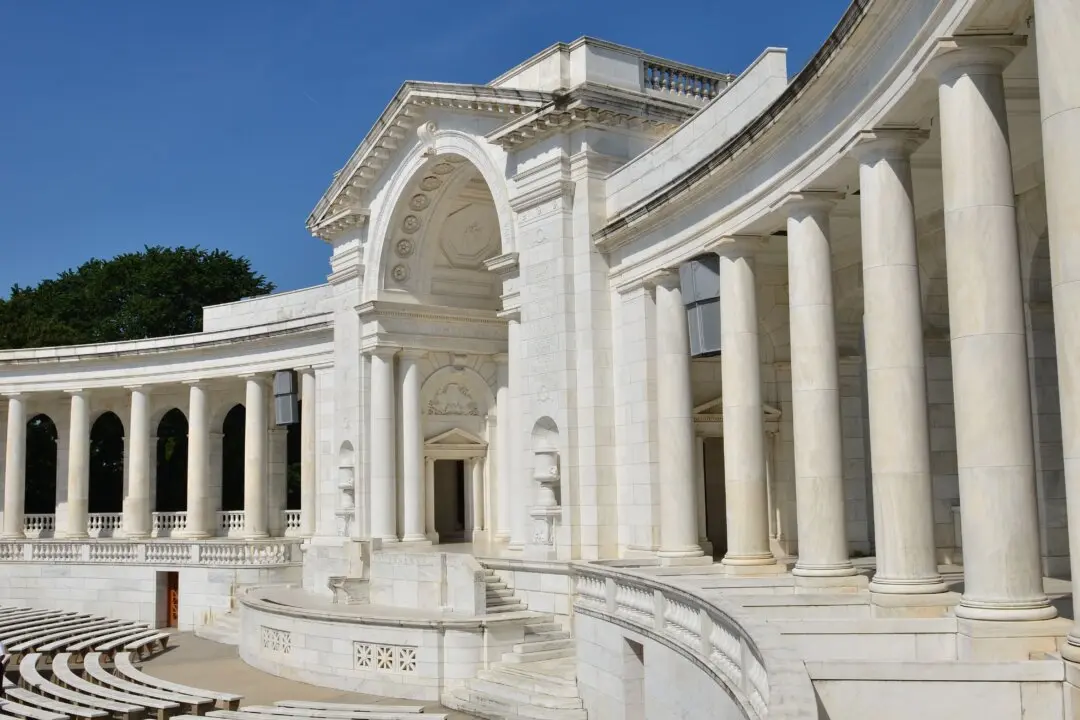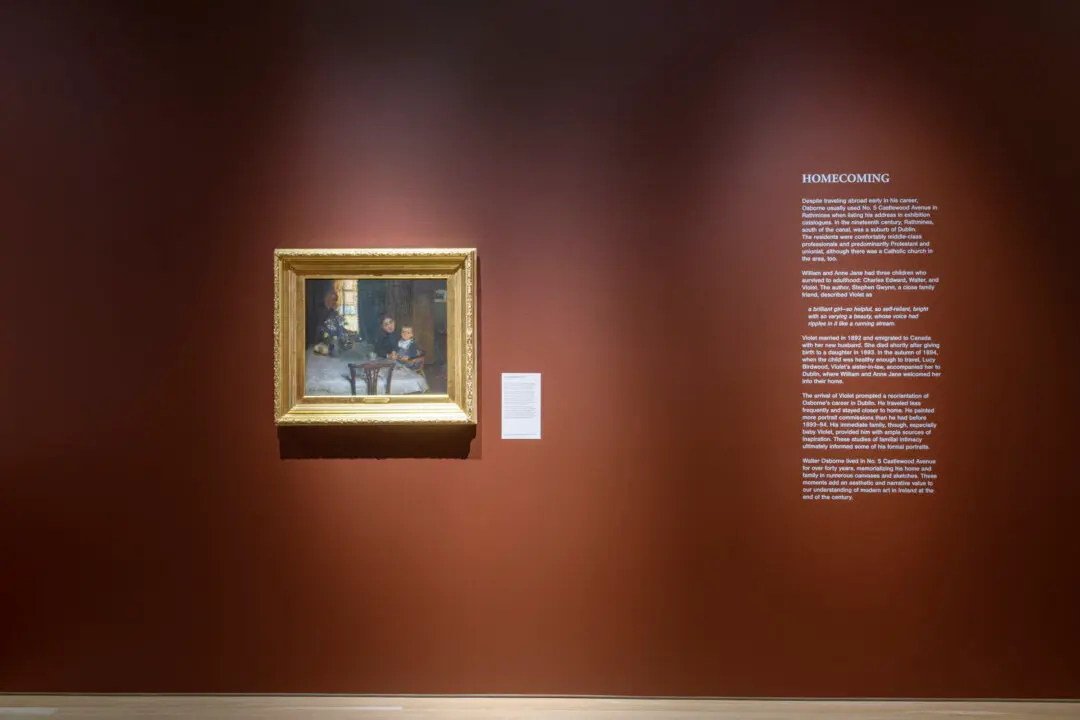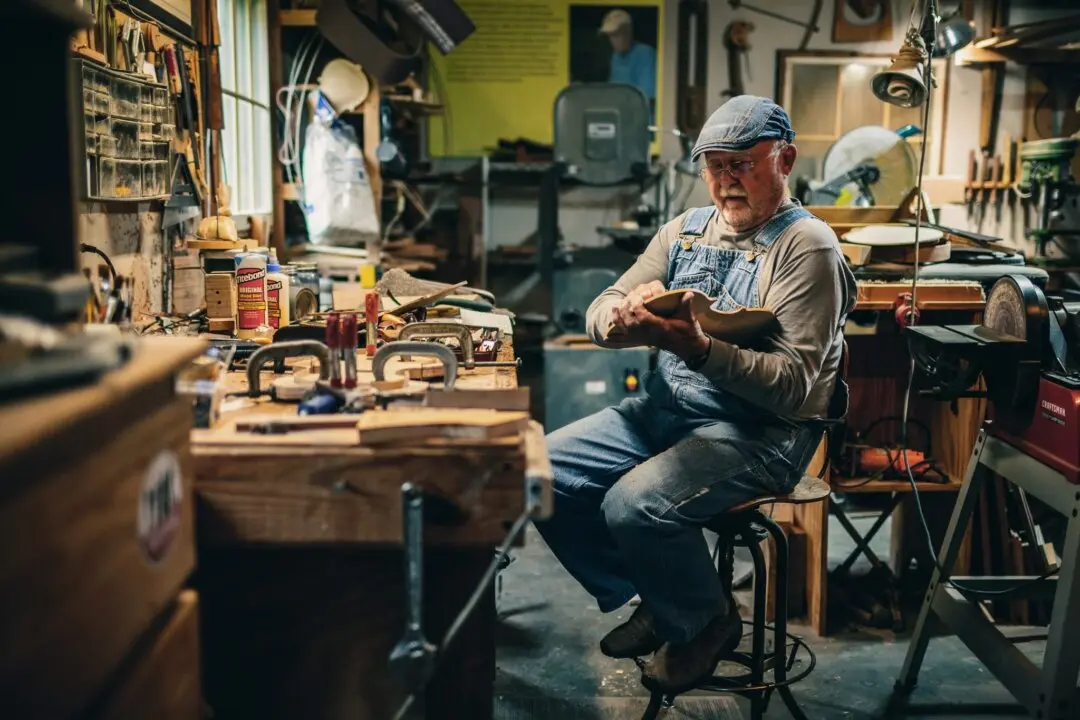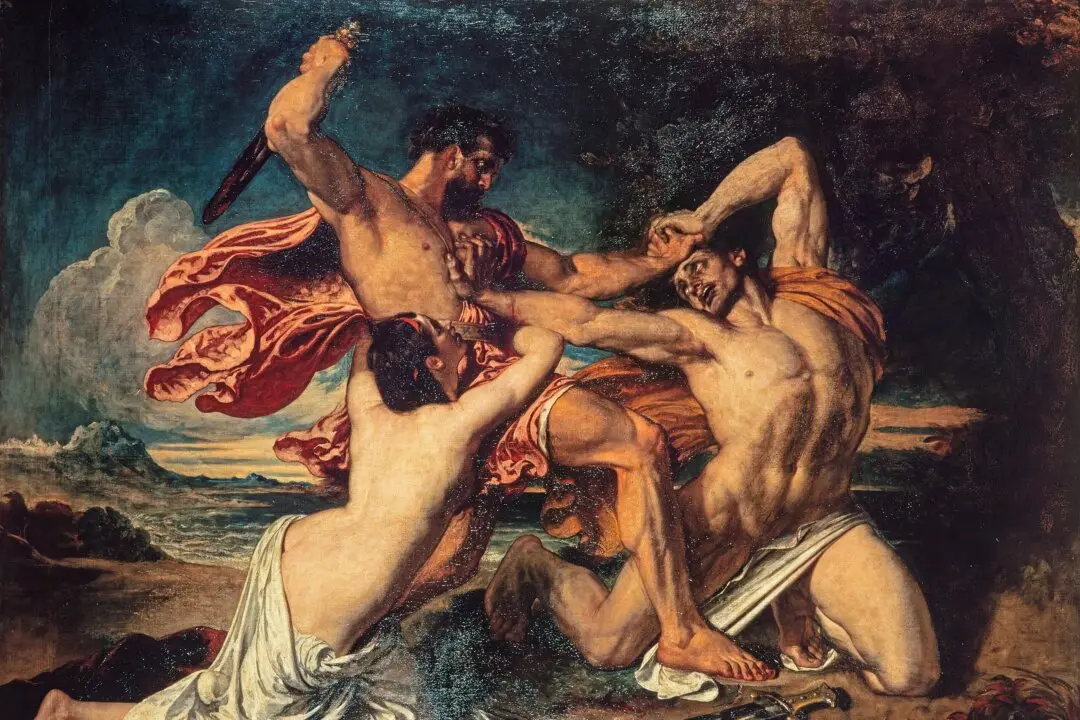In Michelangelo’s day, an artist’s rite of passage involved an apprenticeship, which provided day-to-day camaraderie with fellow artists who worked beside him. From the 17th through the 19th centuries, European art academies taught aspiring artists to first be proficient in drawing ancient sculptures in charcoal. This could take up to a year before graduating to a live model. Then they had to conquer live-model drawing before they could learn to paint in color.
Few art institutions today offer authentic training and experiences; now, most representational artists must work alone.
For decades, representational art (art created true to life) has been marginalized in favor of modern art. Many museums and art galleries around the world have relegated to the backrooms the fine art that their collections were founded upon to champion nontraditional art forms. Mainstream media and art educational institutions have followed suit.However, aspiring representational artists today can rest assured that there’s a renaissance of traditional art. In recent decades, there’s been a worldwide resurgence of art ateliers teaching classical painting and sculpture. While there’s still headway to be made in museums and galleries, many new organizations have emerged in support of representational art, such as the Florence Academy of Art (founded in 1991) in Florence, Italy; the Art Renewal Center (founded in 1999) in New Jersey; and the Grand Central Atelier (established in 2006) in New York City, to name a few.

